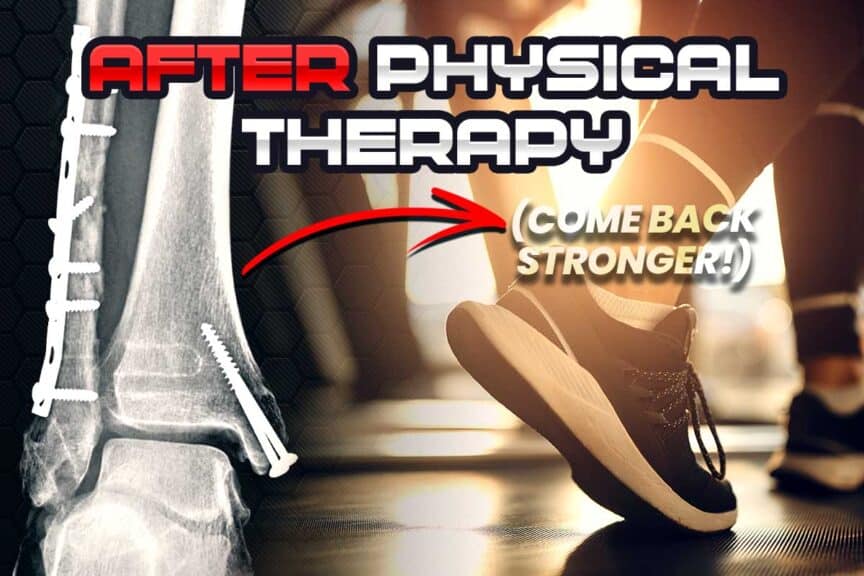As a physical therapist, nothing makes me happier than not seeing my patients again. No, not because I don’t like them, but because it means they’re healed and no longer in pain! As I always jokingly say with my patients, “I never want to see you again!”
But before I say goodbye to them, I always want to make sure they know what’s best for them and how they can continue to become stronger and more injury-resistant on their own than ever before. The last thing I want is for them to not know how to keep making progress with their overall health and strength even if they no longer need my services.
So, in this article, I’ll walk you through everything you’ll want to consider once you no longer need to go to physical therapy.
This includes the strategies and techniques you will likely want to implement to ensure you’re filled with confidence and optimism while optimizing all aspects of your pursuits toward a stronger version of yourself than ever before.
Come back stronger!
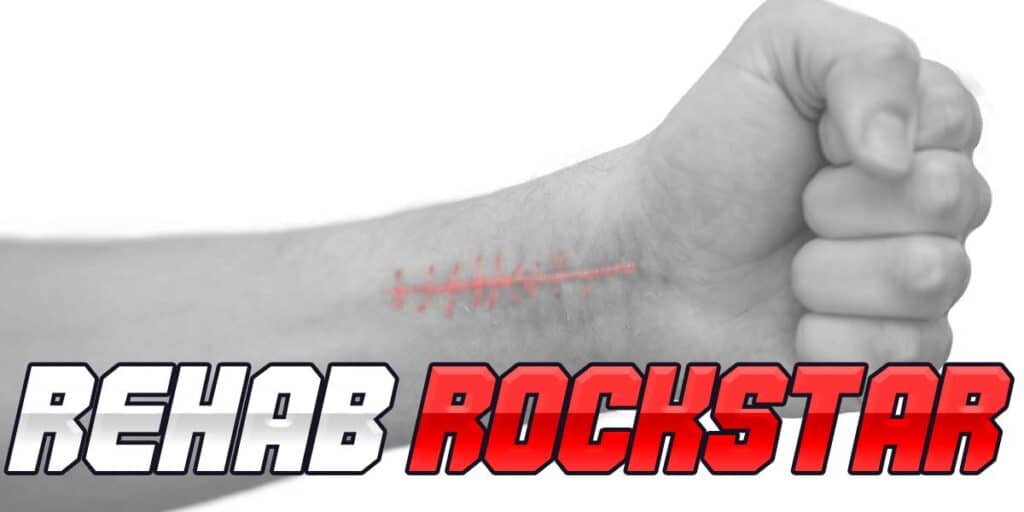
A small request: If you find this article to be helpful, or you appreciate any of the content on my site, please consider sharing it on social media and with your friends to help spread the word—it’s truly appreciated!
The bridge between: from discharge to domination
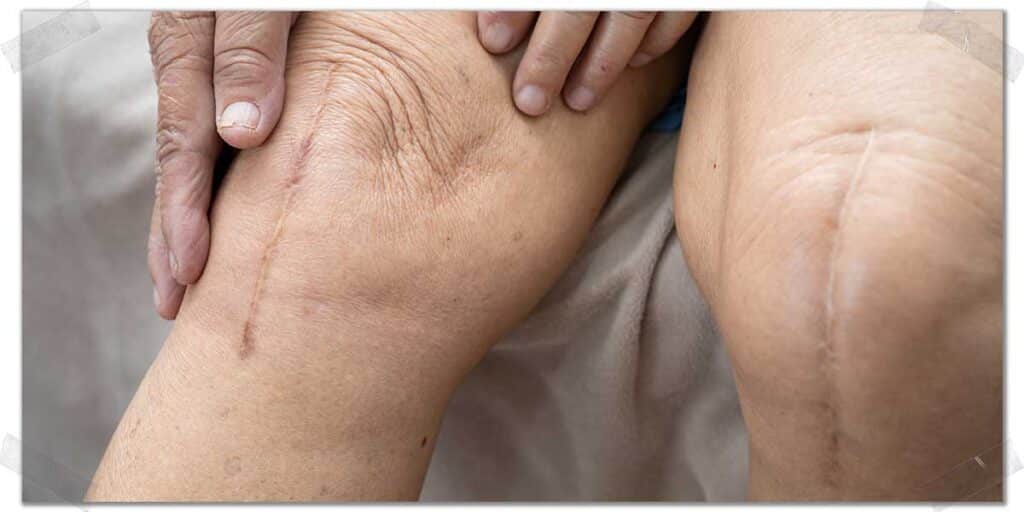
When you’re discharged (no longer requiring clinical services) from your physical therapy facility, it’s immensely important to find ways to become (or stay) physically active, even if you feel your body is “back to normal.” Just because you no longer have pain doesn’t mean your body is operating at full capacity.
Continuing to work on your injury (even if it feels like it’s back to normal) along with challenging the rest of your body will:
- Reduce the likelihood of your injury returning or your condition worsening
- Eliminate or reduce aches and pains elsewhere in your body
- Prevent secondary issues or complications arising in your body that result from your initial injury or condition.
After all, the goal is to become stronger and more physically capable than before you were injured; merely getting yourself back to your pre-injury baseline is like putting enough gas in the tank to keep the engine running, but nothing more than that.
The more gas you put in your “health” tank, the greater your body’s reserve against aches, pains, and injury. So, you need to find ways to move and appropriately challenge your body. If you can do this, you’ll set yourself up for success.
The challenge: Gaining confidence after physical therapy has ended
The challenge for many discharged patients is HOW to transition safely and effectively from physical therapy to physical activities, exercise, and an active lifestyle that promotes health and wellness. Unfortunately, it’s not uncommon for patients to complete their course of physical therapy treatment, be deemed “recovered,” and feel they don’t have adequate knowledge or confidence for what to do after that.
It’s unfortunate, but it’s reality. So, take the action steps that I’ve typed up below and use them as guideposts to point you in the right direction for initiating your action plan for staying active following and physical therapy you’ve received.
RELATED CONTENT:
Action 1: Stay in touch with your therapist or team
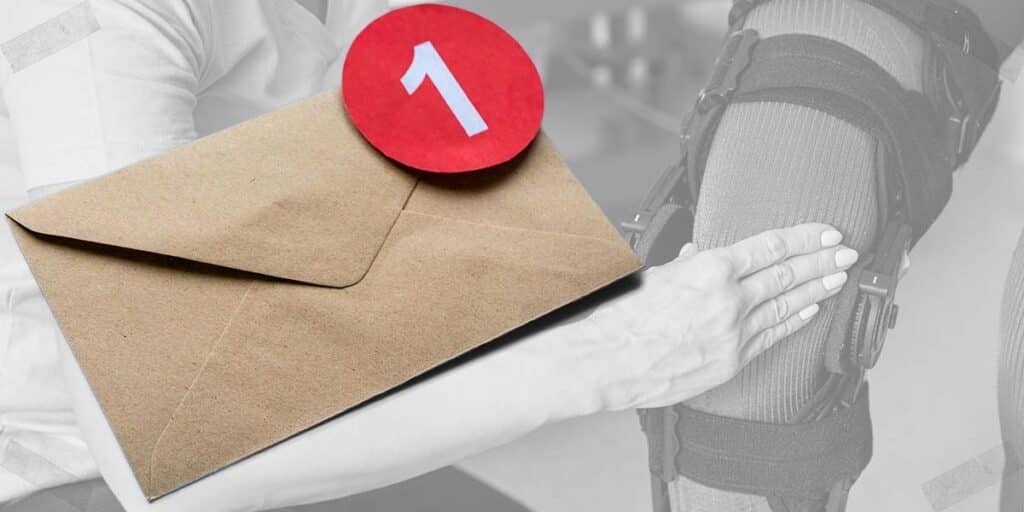
If at all possible, a strategy worth adopting is to stay in touch with your physical therapist and any other allied healthcare professionals after you’ve been discharged.
By staying in touch (having their work email address or the clinic phone number), you can quickly ask them a question that pops up here or there, and they can help keep you pointed in the right direction with your recovery. After all, they know your injury or condition better than anyone else since they evaluated and treated you.
The expectation isn’t necessarily that you constantly email them or call the clinic asking for their insight (there comes a point where you’d be better off simply coming in for an additional appointment). Still, if you have a quick query that you can ask them, most therapists would be more than happy to take a moment or two to talk on the phone or send an email to help answer a question that you may have.
Pro tip: Before you’re discharged, ask your physical therapist if they can write out a post-therapy home exercise regimen for you to perform. This can help you get pointed in the right direction for staying active when you no longer need to go to physical therapy.
Knowing that you have a reliable access point for a quick question you may have, and a professional that knows your specific situation better than anyone else, can fill you with added confidence to move forward after you no longer need to be in a clinic for physical therapy services.
Action 2: Commit to keep learning
I say it all the time to my patients and within most of my blog posts here on this site: knowledge and education are your first step toward achieving optimal outcomes. This rings true for recovering from an injury or condition as well as when adopting a physically active lifestyle after you’re finished with your course of physical therapy.
Related article: Overwhelmed with Fitness Information? Start With THESE tips
If you’re fully recovered from what required physical rehabilitation, here’s what you may want to consider learning to know what to do after physical therapy:
- Additional exercises and movements that can continue to strengthen the area of your body that initially required physical therapy.
- Exercises and movements that can strengthen and improve the function of other body parts near the affected body part. (For example, if your knee was injured, strengthening your hip muscles will be immensely helpful for keeping your knee strong and pain-free.)
- Learning strategies and techniques that can help you adopt a physically active and healthy lifestyle. (For example: learning about making better dietary choices, improving your sleep hygiene, etc.)
“The more gas you put in your ‘health’ tank, the greater your body’s reserve against aches, pains, and injury.”
The more you learn about any facet pertaining to strengthening your body and improving its physical abilities, the more you can implement this knowledge in ways that fortify any injuries, weaknesses, or ailments that your body may physically be predisposed to.
After Physical Therapy: Helpful resources for continual learning
The internet offers no shortage of resources that can help others learn more about physical injuries, fostering active lifestyles, and all things pertaining to improving our health and wellness. It’s just a matter of knowing if these resources are reliable and trustworthy.
Here are a few of my favorite reputable and trustworthy online resources that I often recommend to my patients for learning how they can continue to stay healthy and strong after they’re discharged from physical therapy (I even use them myself):
Resource 1: Physio-pedia.com
Physio-pedia is an outstanding resource for learning all about various injuries and conditions that require physical therapy treatment. The site is incredibly helpful for learning more about certain injuries and conditions, along with how they’re best improved via rehabilitation.
While I wish the site was laid out a bit differently (you have to type in what it is you want to learn more about and then scroll through all the results), it is no doubt a front-line resource that I recommend for all my patients.
Resource 2: Examine.com
Examine.com is my go-to resource for learning about the latest scientific findings on all things pertaining to dietary and supplement intake. Completely independent and backed by science, it is an outstanding resource for anyone looking to adopt a healthy diet and know the science behind various dietary choices.
Resource 3: Precisionnutrition.com
Similar to examine.com, Precision Nutrition is a company that offers an immense amount of information and help with nutrition and the science behind what it takes to make healthy dietary changes. I love their blogs, so I would recommend those to anyone serious about learning how to make effective dietary and lifestyle changes to improve their physical health and wellbeing.
Resource 4: NOIgroup.com
The Neuro Orthopedic Institute (NOI) is a world-class resource for all things pain science-related. The institute is comprised by world-renowned experts on different types and causes of pain. They offer outstanding resources that help individuals understand the nuances behind pain, what different types of pain signify, and the rehabilitation strategies for dealing with each type.
The NOI is always a top recommendation of mine for any of my patients (or anyone else I meet) who want to learn more about pain and deal with it effectively.
Action 3: Build an active lifestyle
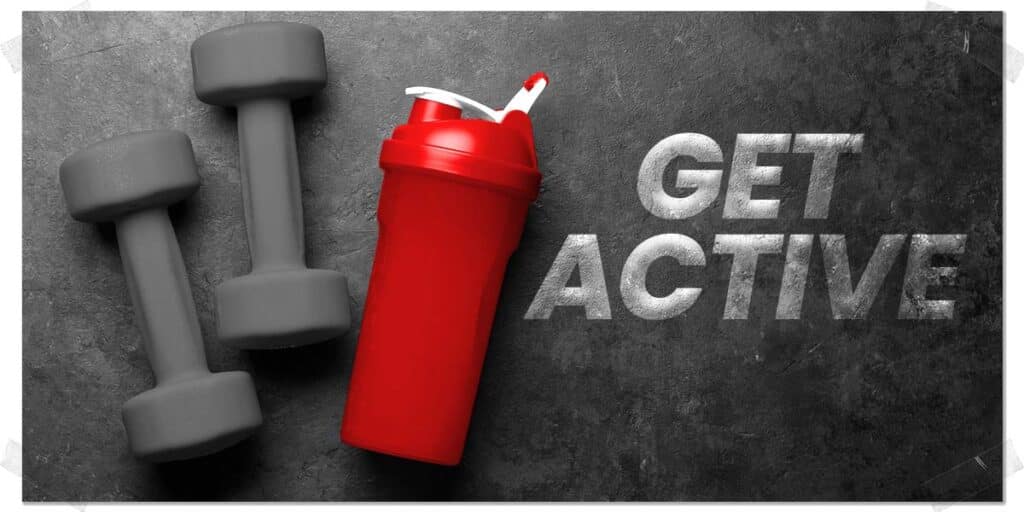
Now that you’ve got a support network you can stay in touch with and you’ve committed to continually learning about all things on improving your body’s wellbeing, it’s time to take the first steps towards physical action.
Here’s what I would recommend as the primary actions to take that will get you started on the path to improved strength, fewer aches and pains, and an overall healthier lifestyle:
Action 1: Keep on moving
“Just because you no longer have pain doesn’t mean your body is operating at full capacity.”
Regardless of your injury or condition responsible for sending you to physical therapy, it’s in your best interests to keep moving, challenging, and strengthening your entire body once you’ve been discharged. How you specifically go about doing this will depend on numerous individual factors, including your original injury or condition, overall health, and other personal circumstances.
But regardless of these personal factors, the concepts are the same:
- Try to perform strengthening exercises for your entire body (including the now-healed injured body part) three or four times per week.
- Try to find ways to challenge your cardiovascular system for around 150 minutes per week.
- Try to eat a diet rich in natural foods, including vegetables, and minimize processed foods (it will help with healing, too!).
By becoming regularly physically active, you will be sending messages to the tissues in your body (muscles, bones, tendons, heart, lungs, etc.) that they need to stay healthy and become even healthier.
Related article: Trigger Workouts: How They Solve Your BIGGEST Fitness Problems
Not only will this pursuit of becoming physically active after physical therapy help reduce the number of aches and pains you might have, but it will also help you to avoid future injuries that you might otherwise incur from not conditioning your body to become robust and physically tolerant against the demands of everyday life.
Action 2: Clean up additional lifestyle factors
Adopting the behaviour of simply moving more is arguably the most important first step to take. You can clean up other health-impeding lifestyle factors as time goes on (quitting smoking, cutting back on alcohol consumption, etc.), but for most people, initiating all of these changes at the same time can be a bit too much. Start by moving more and, when you feel ready, clean up other lifestyle factors that you feel may be holding you back from achieving more optimal health.
Action 3: Expand your network
Going it alone as you try to build an active lifestyle after physical therapy can be tricky to do. Sometimes, we may not have much of a choice, but making an effort, where possible, can do wonders for helping you stay active, avoid future injuries, and improve your overall quality of life.
The whole premise of expanding your network is to have new avenues and personal resources for learning more about how to take care of your body AND enrich your life experience as you do so.
As humans, we’re not created to go it alone. Getting plugged in with like-minded individuals and sharing thoughts and experiences with them will go a long way toward keeping you moving, active, and healthy after physical therapy.
Here are a few considerations you can make for continuing to look after yourself in your post-physical therapy treatment days:
Consideration 1: If feasible, consider joining a gym! Not only is it an outstanding place to meet new people, but it can be a great way to surround yourself with the company of like-minded individuals. I’ve got numerous articles on all things gym-related on this site, including:
- Getting A Gym Membership: Advantages | Disadvantages | Considerations
- It’s Worth Overcoming “Gymtimidation” (Here’s Why & How to do it)
- How to Find AND Hire the Right Personal Trainer For You | Expert Tips
- Tips From A Pro: 12 Benefits of Hiring A Personal Trainer
Regarding personal training: it may not be feasible for every individual, but hiring a personal trainer to help you gain the knowledge and confidence required to become physically active can be a solid move to make, if you can adequately do so.
And remember that you don’t have to hire a trainer for an ongoing basis; you can hire one for a few sessions to have them design a program for you, help you learn the basics, and help you learn the required form and technique to keep you safe and maximize your success.
If getting a personal trainer isn’t for you, you can consider joining group exercise classes, which are another outstanding way to spend time with like-minded people and expand your social network.
Consideration 2: If joining a gym isn’t your thing, you might want to consider joining some online groups. There’s no shortage of them out there, and they can be a great way to digitally interact with others who have shared your same physical experiences, are interested in the same lifestyle pursuits as you, and want to share ideas and knowledge going forward.
At the end of the day, you’ll have better success with building and maintaining an active lifestyle (and likely won’t need to go back for more physical therapy treatment) if you plug yourself into avenues that promote physical movement and healthy activities. So, no matter what the specifics look like, just find ways to build—and surround yourself in—a community of other folks who, just like you, want to stay active and healthy!
Final thoughts
Once you’ve been discharged from physical therapy, it’s quite important (and extremely beneficial) to find ways to keep working on improving the condition or injury that previously required physical therapy, even if it no longer hurts. Strengthening your body and the affected area so that it becomes stronger than before the issue occurred should always be the goal.
Additionally, it’s just as important to continually work on making healthy lifestyle choices that will improve your overall health and wellness, which will reduce the chances of the injury or condition arising again or from new issues occurring altogether.
Frequently Asked Questions
I want to be as helpful as possible to my audience with every article I publish here on my site. In doing so, I’ve included a few brief answers to commonly asked questions that many individuals have once they’ve been discharged from physical therapy and no longer require physical therapy services. I hope they’re helpful to you!

Hi! I’m Jim Wittstrom, PT, DPT, CSCS, Pn1.
I am a physical therapist who is passionate about all things pertaining to strength & conditioning, human movement, injury prevention and rehabilitation. I created StrengthResurgence.com in order to help others become stronger and healthier. I also love helping aspiring students and therapists fulfill their dreams of becoming successful in school and within their clinical PT practice. Thanks for checking out my site!

